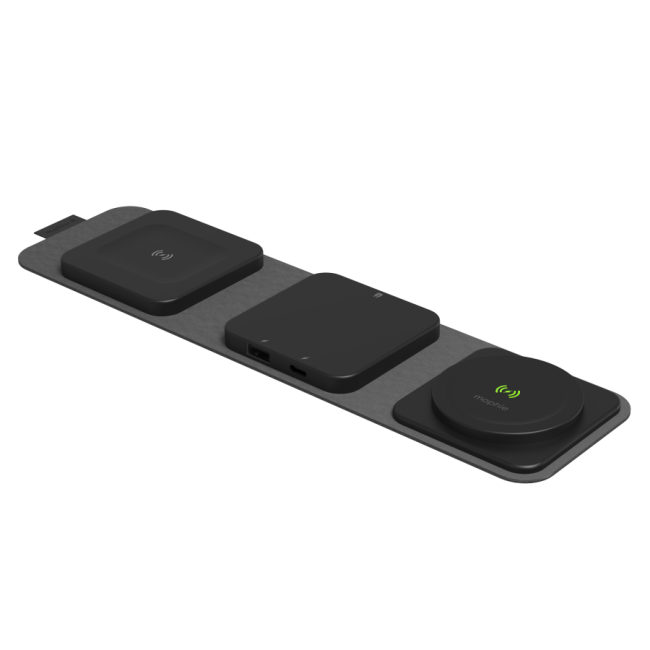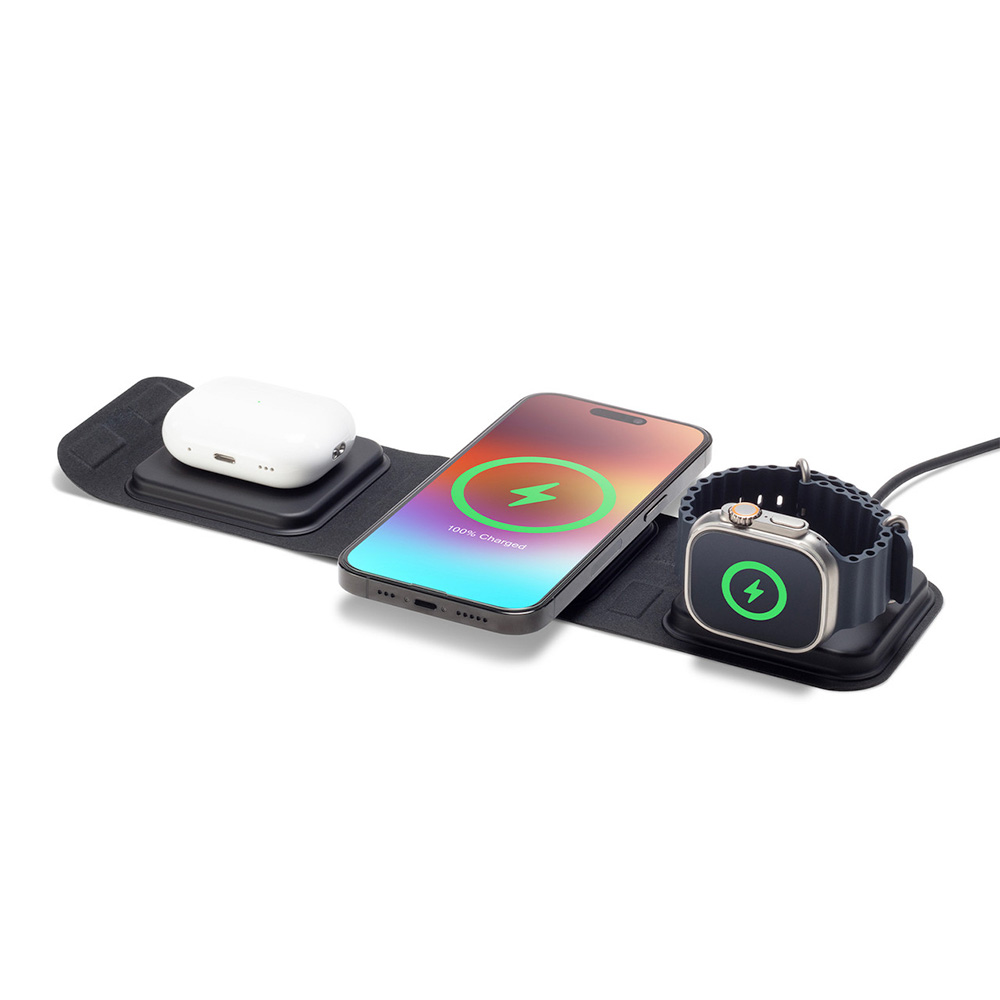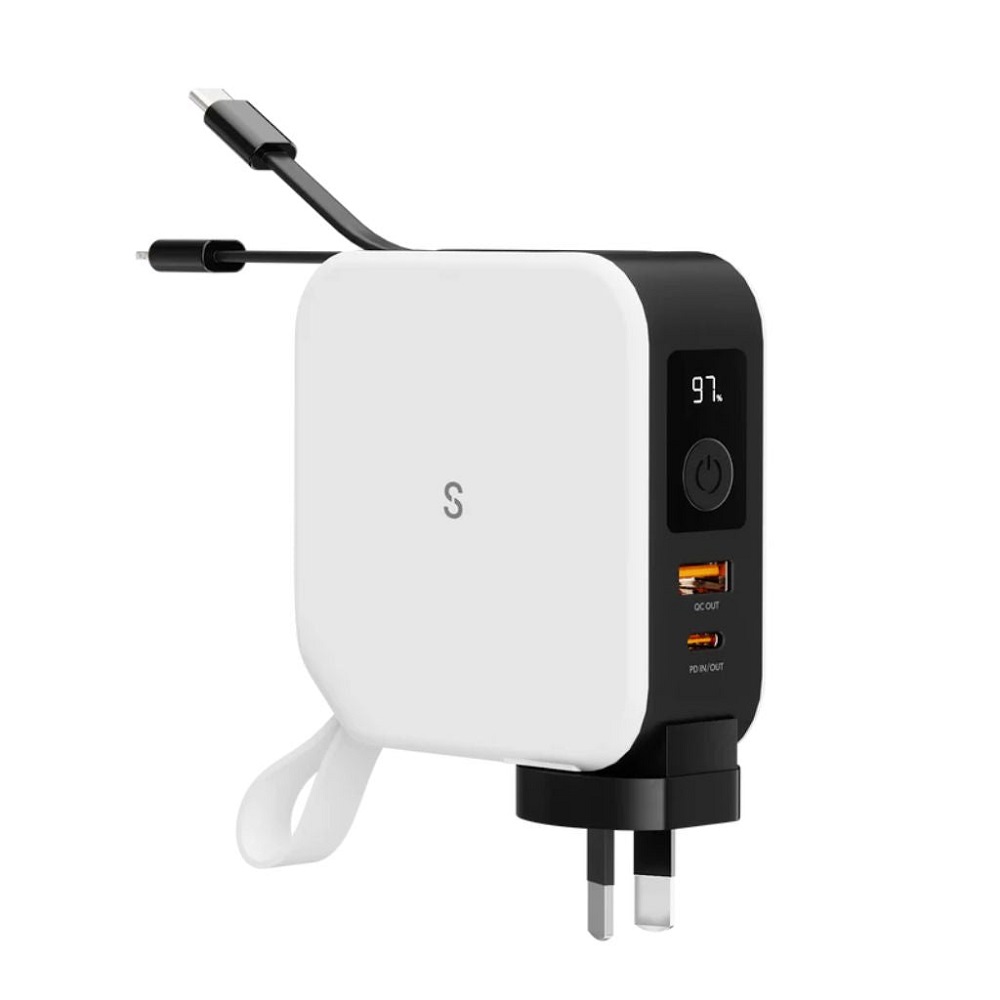In a world powered by technology, understanding charger compatibility is essential for maintaining the functionality of our devices. When it comes to smartphones, laptops, tablets, and other gadgets, using the right charger can mean the difference between a functioning device and a frustrating experience. This guide will walk you through the crucial aspects of charger compatibility, helping you make informed decisions when it comes to selecting chargers for your devices.
Types of Chargers: An Overview
Different Charger Types Explained
Chargers come in various shapes and types, designed for different devices and charging technologies. The most common types include:
- Wall Chargers: These plug directly into an electrical outlet and provide power to devices through a cable. They often feature multiple USB ports for charging several devices at once.
- Portable Chargers (Power Banks): These are battery-operated units that store power and can recharge devices on the go. They are particularly useful during travel or outdoor activities.
- Wireless Chargers: These devices allow you to charge compatible gadgets without plugging in a cable. They use electromagnetic fields to transmit energy, but only work with devices that support wireless charging.
Different devices require different types of chargers based on their design and functionality. Knowing the type of charger that best fits your needs is the first step in understanding compatibility.
Understanding Charging Standards
Charging technologies have evolved significantly over the years. Look for standards like USB (Universal Serial Bus) and proprietary technologies from specific manufacturers, such as Apple’s Lightning or Samsung’s Adaptive Fast Charging. These standards dictate how much power a charger can supply, the speed at which a device can charge, and whether devices can communicate their power needs to the charger.
Understanding the differences among these standards will illuminate what to look for in a charger. Essentially, using a compatible charger with the appropriate standard ensures that your devices are charged safely and effectively without damage.

Key Features of Chargers
Wattage and Amp Rating
Wattage (W) refers to the amount of energy a charger can supply, while amperage (A) measures the flow of electricity. A charger that delivers more wattage is generally capable of charging devices faster. For example, if your smartphone requires 18W for fast charging, using a 5W charger will not only charge it slowly but may also fail to recharge it adequately during use.
When selecting a charger, check the device specifications to determine the required wattage and amperage. Many manufacturers provide this information, and it’s crucial to choose a charger that meets or exceeds these requirements for optimal performance.
Output Voltage
Voltage (V) is another critical aspect of charger compatibility. Most smartphones and tablets operate on 5V, but fast chargers may deliver higher voltages to expedite charging. Chargers designed for specific devices will outline the compatible voltage ratings. If you are using a charger that delivers the wrong voltage, you risk damaging your device.
Always double-check the specifications of both the device and the charger to ensure they match. Using a charger with incompatible voltage levels can lead to overheating or malfunctions and may void warranty coverage.

Connector Types: The Importance of Compatibility
USB Connection Types
USB (Universal Serial Bus) has become the standard for most devices. However, there are several types of USB connectors, and understanding them is crucial for compatibility. The most commonly used types are:
- USB-A: The traditional rectangular connector found on many outlets, power banks, and older computers.
- USB-B: Primarily used for larger devices like printers, less common for mobile devices.
- USB-C: A newer, reversible connector popular for smartphones, laptops, and tablets. It also supports faster charging and data transfer speeds.
Each connector type serves different purposes, and using the correct one is essential. Always verify what type of USB your device requires and ensure your charger has the appropriate port.
Proprietary Connectors
Some manufacturers utilize proprietary connectors for their devices. This includes Apple’s Lightning connector and devices like Microsoft’s Surface chargers. When purchasing a charger for such devices, it’s vital to use the original manufacturer’s charger or a certified equivalent to ensure compatibility and safety. Failure to do so can result in poor charging performance and may not operate at optimal efficiency.
While third-party cables and chargers may seem appealing due to lower prices, they often lack the certifications required for safe operation with specific devices. Always check for MFi certification (Made for iPhone/iPad) for Apple products or equivalent labels for other brands to guarantee compatibility and avoid potential issues.

The Impact of Fast Charging Technologies
Understanding Fast Charging Standards
Fast charging technologies have changed the way we power our devices. Manufacturers have developed various protocols to allow devices to draw more power in a shorter amount of time. This technology involves different charging standards, including Qualcomm Quick Charge, USB Power Delivery, and OnePlus Warp Charge.
Before purchasing a fast charger, identify which fast charging standard your device supports. Using a charger that implements the correct standard can speed up the charging process significantly. Always opt for a charger designed for your device’s specific fast-charging technology to avoid complications.
Compatibility Across Brands
While certain fast charging technologies are universal, such as USB Power Delivery, many remain brand-specific. For example, a charger designed for Quick Charge may not work effectively with a device using USB Power Delivery. Therefore, understanding your device’s fast charging protocols will help you choose a compatible charger and maximize efficiency.
Before committing to a charger, consult your device’s specifications and research any additional details about fast charging capabilities. This diligence will pay off in ensuring your devices stay charged and ready to use whenever you need them.

Signs of Incompatibility
Unusual Behavior During Charging
Identifying signs that a charger may not be compatible with your device can save you from potential damage. Common indicators of incompatibility include excessive heat during charging, unusual noise, or failure to charge at all. If your device shuts off or shows a warning message about using an unsupported accessory, it’s a clear signal to cease use immediately.
These behaviors could indicate a mismatch in voltage or wattage requirements. Prolonged exposure to incompatibility risks damaging your device’s battery and electrical components.
Frayed or Damaged Cables
Another sign of incompatibility arises from damaged or frayed cables. Frequent twisting or bending of charger cables may lead to internal damage, resulting in poor connectivity and charging inefficiency. If you notice your charging cable showing visible signs of wear, it’s wise to replace it.
Always handle cables with care—avoid wrapping them too tightly or placing them under heavy objects. By treating your chargers well, you’ll reduce wear and extend their lifespan, ensuring compatibility remains intact.
Using Third-Party Chargers
Selecting Quality Third-Party Options
While original chargers are typically recommended, many reliable third-party options are available on the market. When considering third-party chargers, look for brands with a good reputation. Check for certifications from safety organizations and user reviews to ensure quality.
Ensure that any third-party charger meets the specifications laid out by your device manufacturer. This includes wattage, voltage, and connector type. Researching your options thoroughly will help you make an informed choice and minimize the risk of incompatible charging solutions.
Recognizing Counterfeit Products
Beware of counterfeit chargers that closely mimic genuine products. While they may appear similar externally, these imitation chargers often lack the safety features needed to protect your devices. Unfortunately, they can lead to severe consequences like overheating, battery damage, or even electrical fires.
When purchasing chargers online or from unauthorized retailers, verify the seller’s credibility. Avoid deals that seem too good to be true, as they can compromise your safety and device longevity.

The Future of Charger Compatibility
Evolving Technology Standards
As technology advances, charger compatibility standards are also evolving. USB-C is expected to become the universal standard for charging in the coming years. This shift toward a more unified charging solution will simplify the process, making it easier for consumers to find compatible chargers.
Keep an eye on industry developments and trends in charger technology. Understanding these changes will allow you to stay informed and adapt to new standards as they emerge.
Sustainability and Compatibility
As the tech world increasingly prioritizes sustainability, the demand for chargers with longer lifespans and increased compatibility grows. Future products may focus on providing eco-friendly charging options, such as solar chargers or recyclable materials.
Adapting to these innovations provides an opportunity to make more responsible purchasing decisions while ensuring your devices are charged sustainably. Staying informed will help you align your choices with a more eco-conscious approach to technology.
Mastering Charger Compatibility
Understanding charger compatibility is critical for keeping your electronic devices functional and safe. By addressing factors like charger types, specifications, connector types, and signs of incompatibility, you can choose chargers that meet your devices’ needs.
Invest time in researching both original and third-party options to ensure that you’re utilizing safe, effective charging solutions. As technology continues to evolve, staying informed about the latest developments will empower you to adapt your charging habits accordingly. By prioritizing compatibility, you can ensure that you stay connected and powered up, no matter where life takes you.
